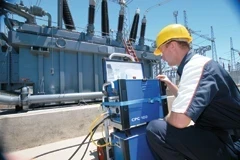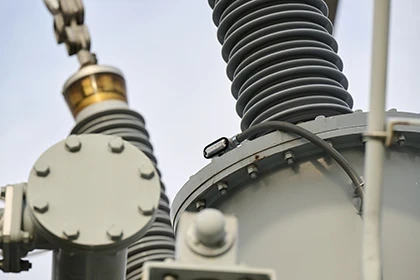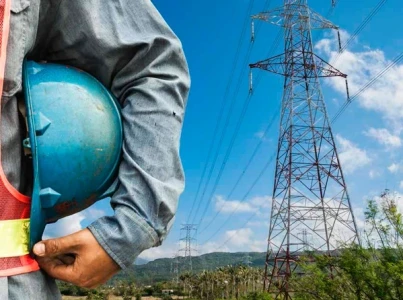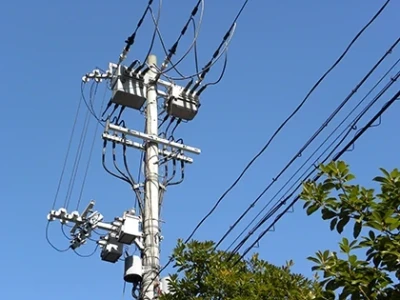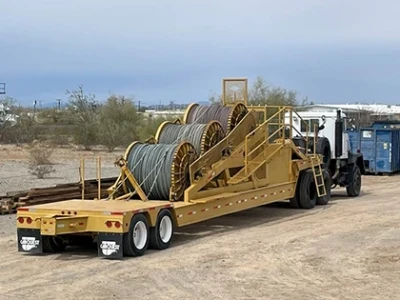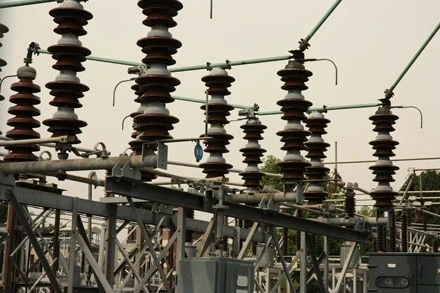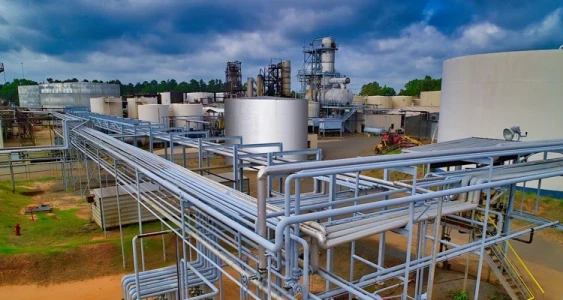Enhancing Transformer Resilience: Fire Barriers and Safety Measures in Modern Substations

The Growing Concern of Transformer
Fire Risks
Transformers are critical components of modern substations, playing a vital role in the transmission and distribution of electricity. However, due to the high-voltage operations, flammable insulation materials, and exposure to extreme weather conditions, transformers are at significant risk of fire and explosions. The consequences of transformer fires can be severe, leading to equipment damage, power outages, environmental hazards, and, in some cases, loss of life. As utilities expand their grids and integrate renewable energy sources, the need to enhance transformer resilience against fire hazards has become more pressing than ever. Implementing fire barriers and adopting advanced safety measures are crucial steps in mitigating risks and ensuring uninterrupted power supply.
Causes of Transformer Fires and Explosions
Transformer fires are typically caused by insulation failure, short circuits, overheating, or external environmental factors such as lightning strikes. One of the primary causes is the degradation of transformer insulating oil, which can break down under high temperatures, producing flammable gases that increase the risk of ignition. Electrical arcing, caused by insulation breakdown or mechanical faults, generates extreme heat that can lead to explosions. Overloading transformers beyond their design capacity also contributes to excessive heating, accelerating insulation failure and increasing fire risks. In some cases, external impacts, such as earthquakes, vandalism, or accidental collisions, can trigger catastrophic failures.
Read the full article in the Transformer Technologies Special Edition

